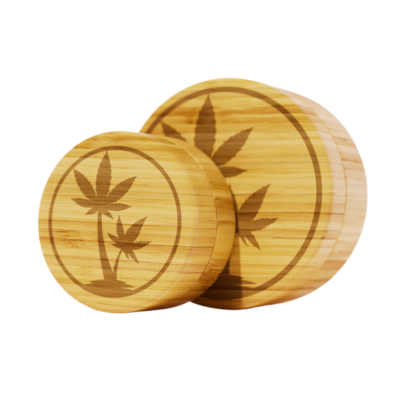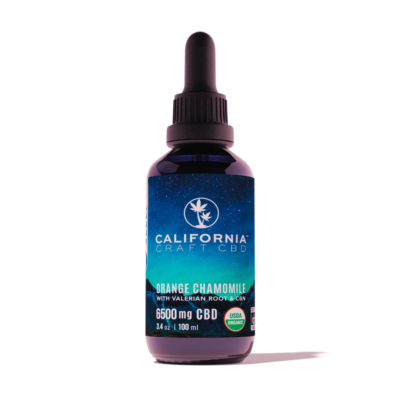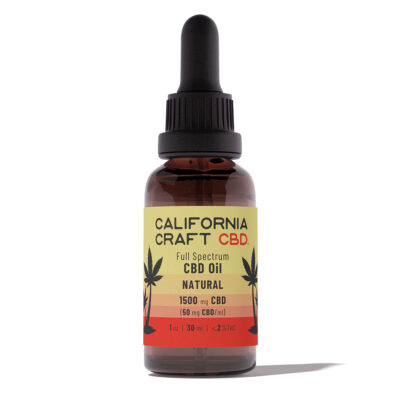Spring has sprung!! It’s time to gear up and get ready for all of the great sports and outdoor activities of the coming season. The top of our list includes: hiking, surfing, cycling, swimming, rock climbing and camping. All the great mask-free activities that we can still do in spite of the covid lockdowns and social distancing rules. So, get out there and get your outdoor adventuring on!! And in case you are a little out of shape after the winter lockdown, stop by the shop and pick up some of hand crafted, California quality CBD products for your recovery. Our master formulist Chase Allen highly recommends our bath bombs and pain salve for recovery.
This week we are going to continue our series on cannabis regulation. In last week’s blog we talked about the early days of cannabis in the 20th century. At that time cannabis was still being used medicinally both as an over the counter product and as a prescription drug. In the 1930s however this began to change. Harry J. Aslinger and the founding of the Federal Bureau of Narcotics in 1930 marked the beginning of the end for cannabis as a legal and socially acceptable substance.
The Campaign
There were many unfortunate aspects of Anslinger’s anti-cannabis campaign. First the racism that it fostered against African Americans and Latino Americans and immigrants. Then there was the blatant cronyism in terms of helping to protect the industrial interests of groups like Hearst Publishing and DuPont chemicals. Unclear and unfair development of regulation, a problem that persists to this day. The Cannabis Tax Act of 1937 required a license for cannabis that could not be obtained. And then there was the propaganda.
The Propaganda
Whatever the reasons were that cannabis was targeted, the racism, the corporate interests or the social control, one thing is for sure the propaganda was strong. Cannabis became known as the “devils harvest”. It turned women into sluts and men into amoral sociopaths. It was the “5th column” that was destroying the youth of America.
Of all of the propaganda the one that stands head and shoulders above all the rest is a film by the name of ‘Reefer Madness’
The Come On
In 1936 French filmmaker Louis Gasnier was approached by Harry Aslinger to make a film about the dangers and evils of cannabis. Aslinger had already published an article in The American magazine entitled ‘Marijuana- Assassin of Youth’. In the article Aslinger told unsubstantiated stories of youth run amuck due to marijuana use. Teenage girls committing suicide, gangs of young men robbing and murdering, a hatchet wielding homicidal maniac who killed after he smoked ‘reefers’. Anslinger was known for spreading over 150 hundred such stories regarding marijuana commonly referred to as the “Gore Files”. all 200 of the claims made by Anslinger have been debunked.
Reefer Madness
In 1936 Anslinger’s lurid version of reality was brought to the silver screen. Gasnier was an out of work and out of favor silent film director. The project was financed by a Christian church group and Anslinger. The film was to describe the evils of marijuana in the darkest way possible. The film would become popularly known as ‘Reefer Madness’.
Due to his silent film background Gasnier was prone melodramatic and exaggerated over-acting. This combined with a complex and highly improbable story line made for what is now considered to be an hilarious over-the-top comedic cult classic.
In 1937 however the American public took the film seriously and it provided solid public support for the Marijuana Tax act that was passed in the year following the film’s release.
The story of the film is a convoluted tale of the amorality, murder and mayhem that result from marijuana use. The film was hailed by critics as the worst film ever made. It was rediscovered in the early 70’s by the first advocates of marijuana reform and went on to enjoy its current cult status. But the damage had already been done.
The Lesson Learned
So what are we to learn from all of this? The short of it is that Anslinger had no problem creating an outrageously false narrative about cannabis. He provided zero evidence to back-up his claims of the murders, suicides and mayhem caused by ‘reefer addicts’. The ‘Gore Files’ that he was so fond of spreading were all debunked as being works of fiction. Yet with the help of Gasnier he was able to bring these claims to the big screen. As funny as the film is to us today the people in 1936 were not laughing. The results as we can see them today were and still are devastating.
We are all working to rectify the situation and there is comfort in that. Knowing, however, that this war on cannabis was built on lies is disheartening and disturbing. The best we can do is to right the wrongs and work together to make sure that something like this does not happen again.
Now get out there and enjoy the weekend!!




